This is one in a series of posts on the Nikon Z7. You should be able to find all the posts about that camera in the Category List on the right sidebar, below the Articles widget. There’s a drop-down menu there that you can use to get to all the posts in this series; just look for “Nikon Z6/7”.
Some people have noticed green shadows in pushed images from the Nikon Z7 made with the camera set to 12-bit precision, which you need to get the fastest frame rate. Bill Claff has analyzed this, and so have I. Our results agree.
Before I get into the graphs, let me emphasize that this effect is extremely unlikely to affect normal images shot where the 12-bit mode is necessary. I’ll demonstrate that with two examples, underexposed at ISO 64 by five stops, and pushed five stops in Lightroom. I used the Adobe Color Profile.
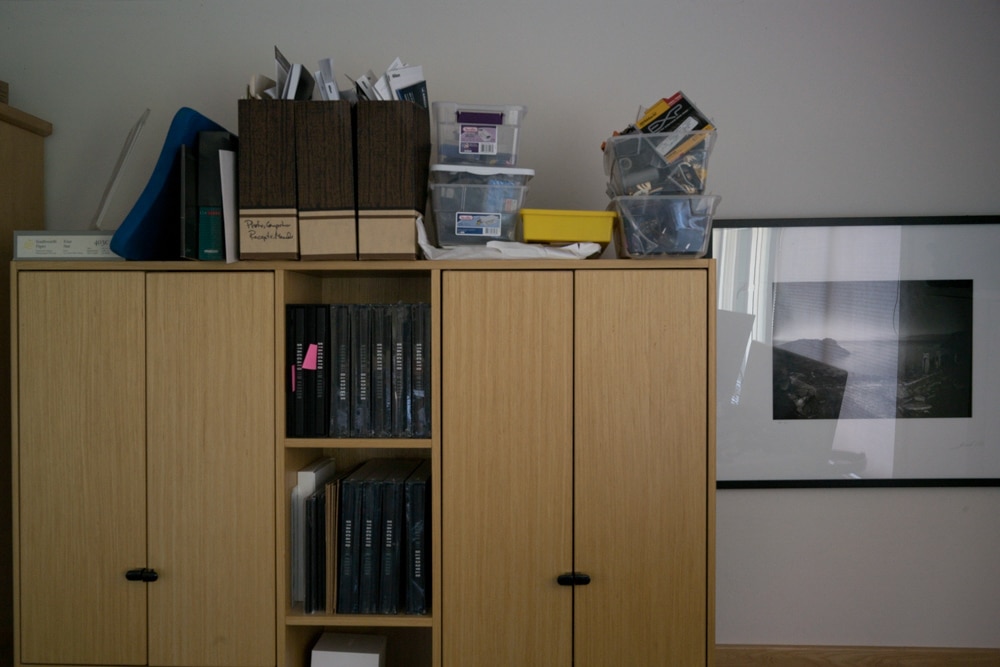
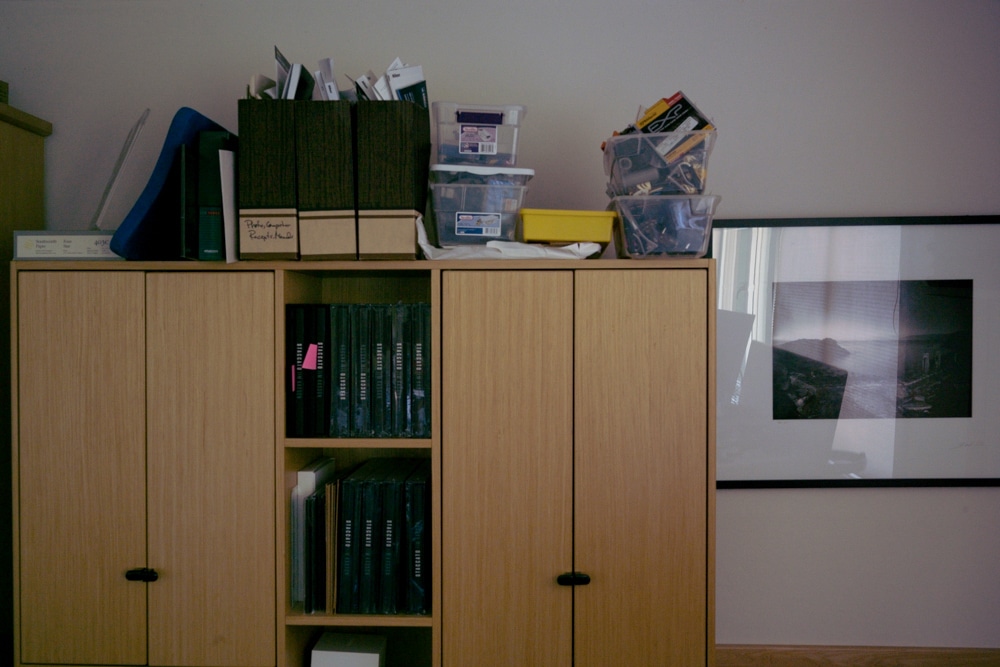
White balance is the same for both shots. You can see that the shadows in the 12-bit image have gone slightly green and that what passes for the highlights have a magenta cast.
This is not a big deal in this image, and you’re not likely to be subjecting those action shots to f-stop pushes.
If you prefer, here are Macbeth charts:
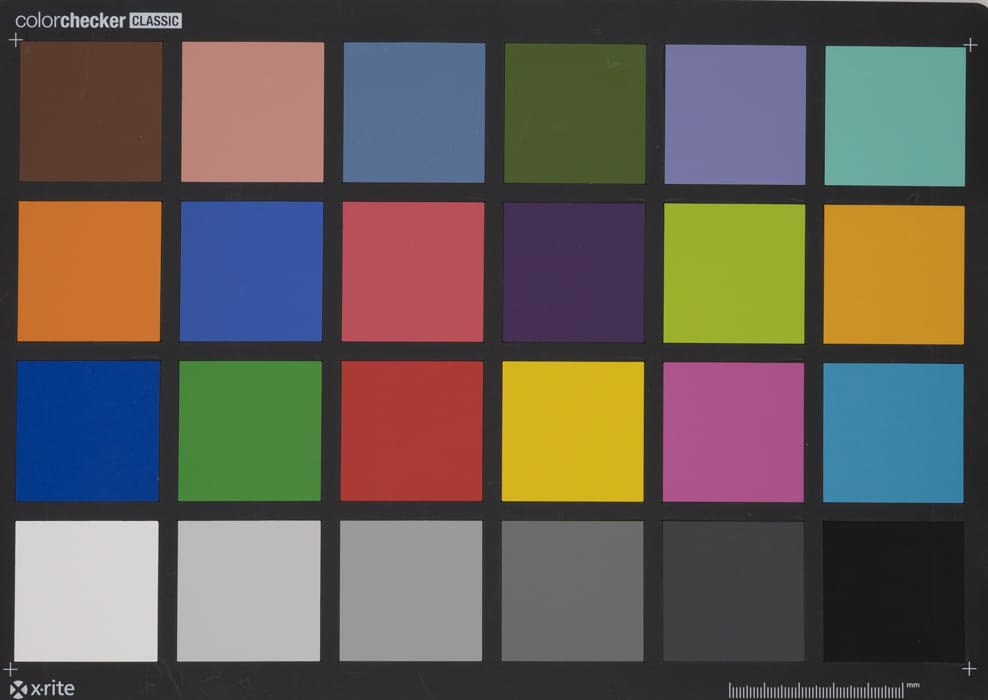
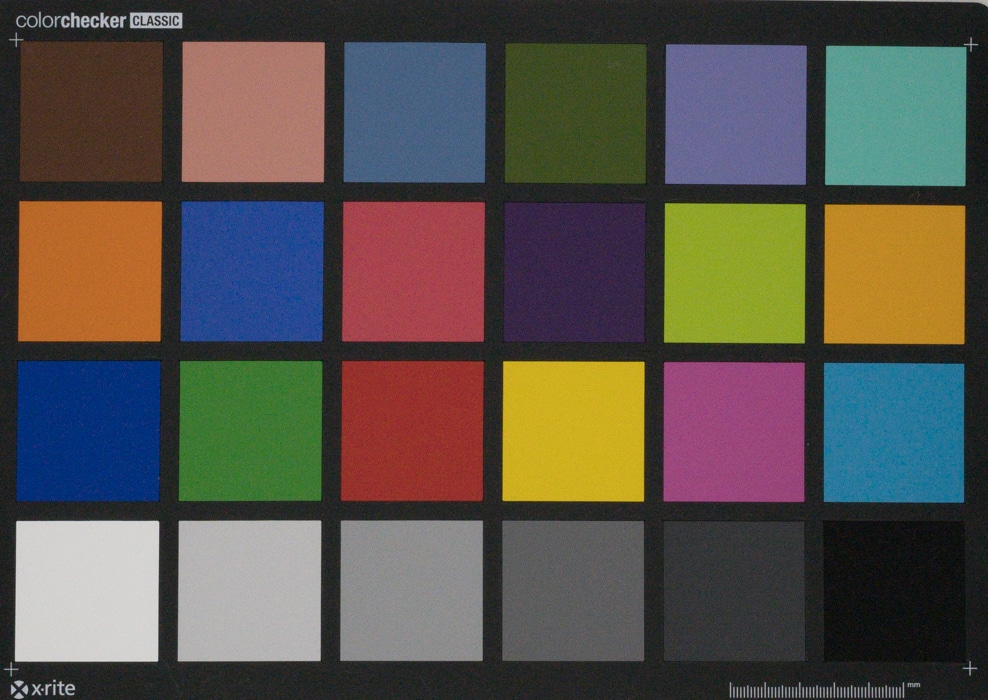
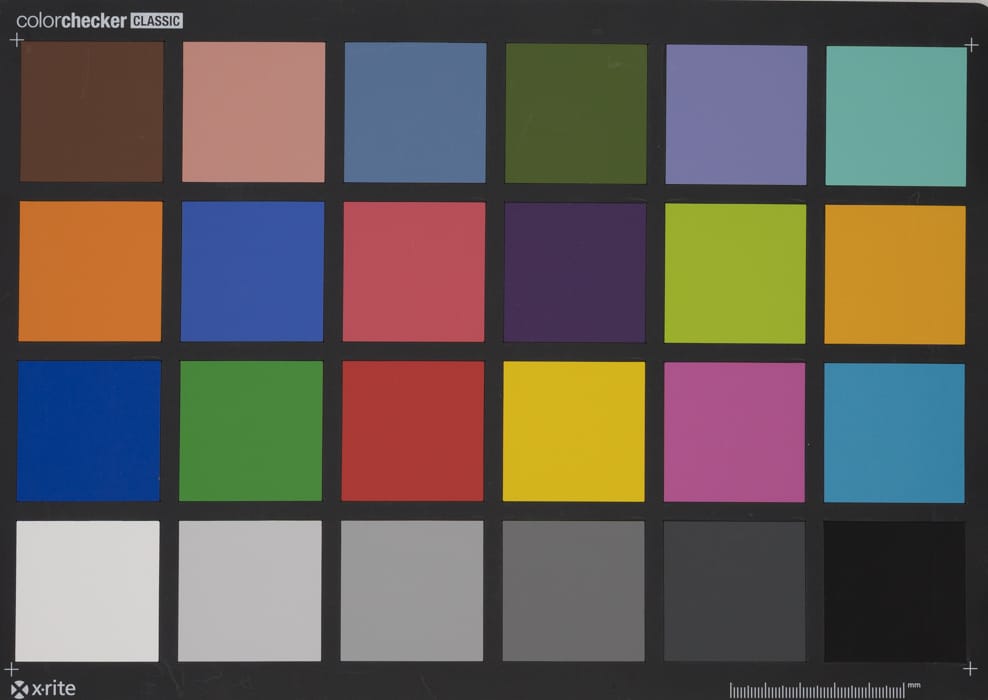
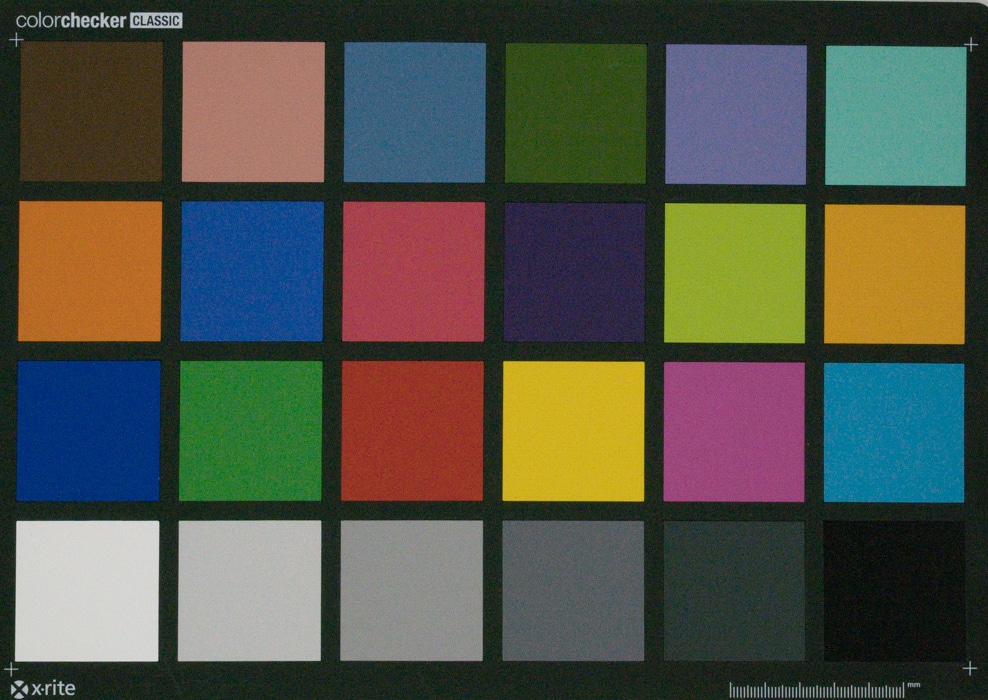
For those who care, here’s what’s going on.
Here are the mean values all four raw planes of a Z7 dark-field image with the precision set to 14 bits.
And here the values with 12-bit precision:
The 14-bit values ought to be 4 times the 12-bit ones. But they’re not. If we scale the 14-bit values by dividing them by 4, and plot the result on one graph, here’s what happens:
The 12-bit values are too low. Since the green planes are more sensitive to light that is balanced to the illuminants most often used in photography, subtracting something from all four raw planes leaves more green in the darkest tones. The Z7 at 12-bits is mildly affected compared to the Leica M240 at any precision.
There’s another reason not to use 12-bit mode unless you have to — dynamic range. I’ve plotted the engineering dynamic range with both precisions:
The dynamic range suffers at low to moderate ISO settings.
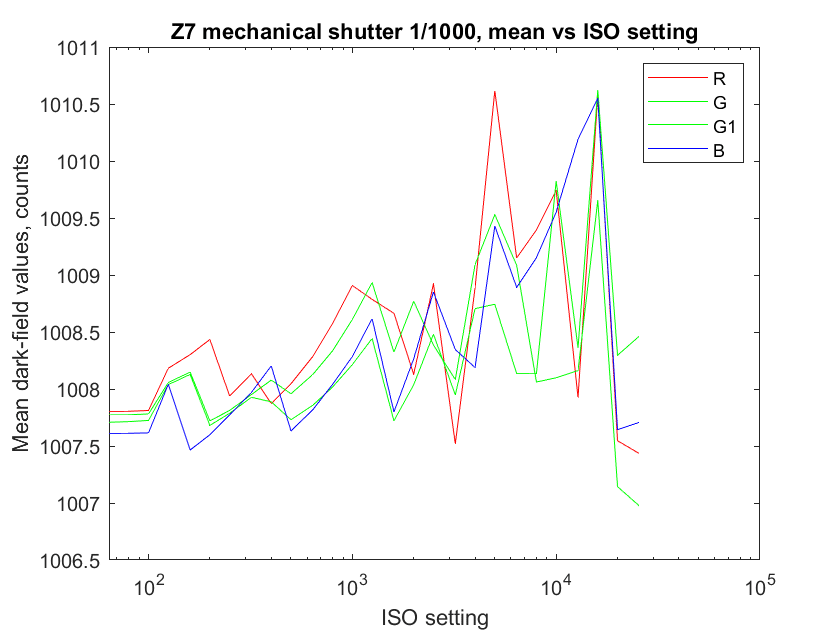
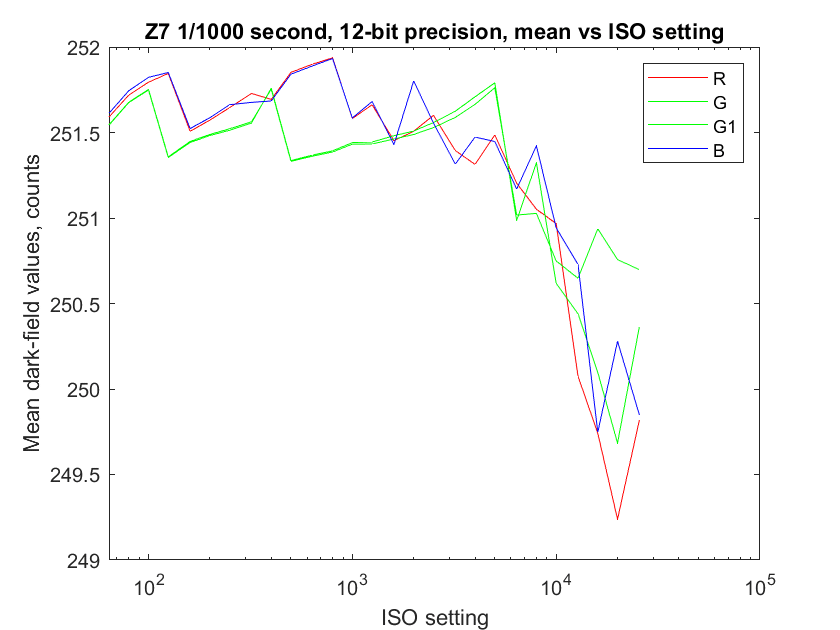
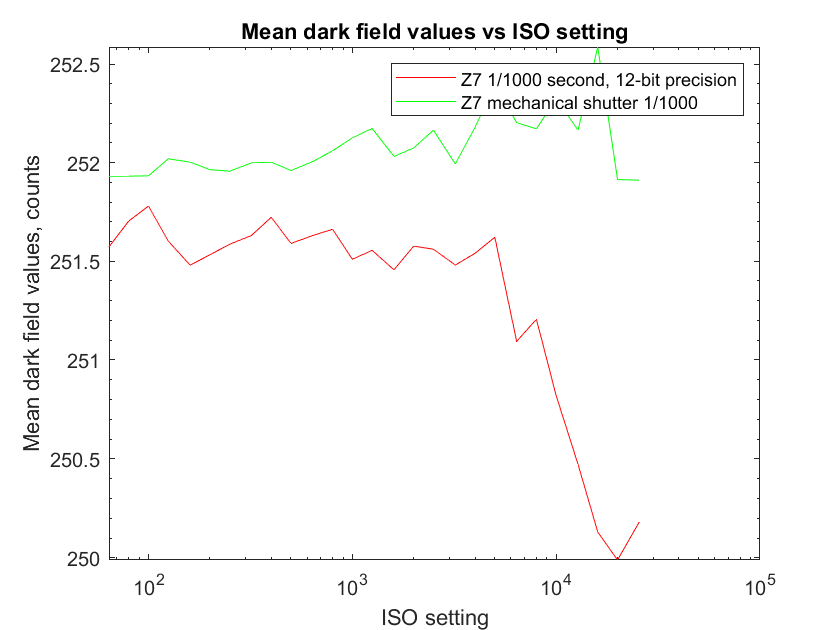
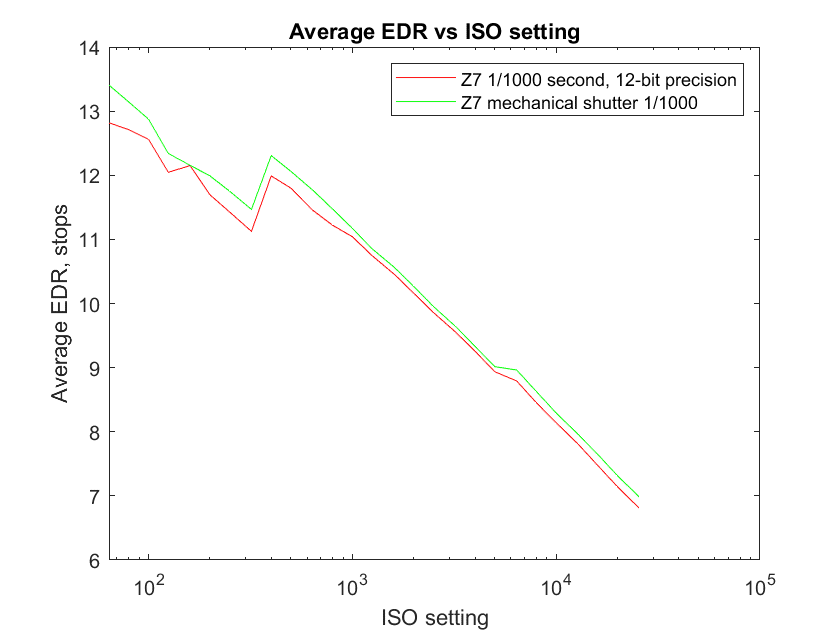
Is this effect of green shadows present in other Nikon cameras?
Not that I know of.